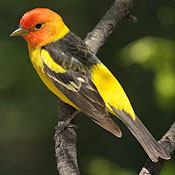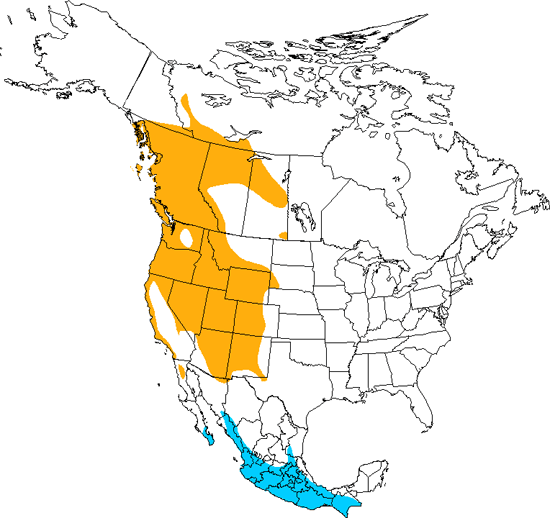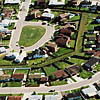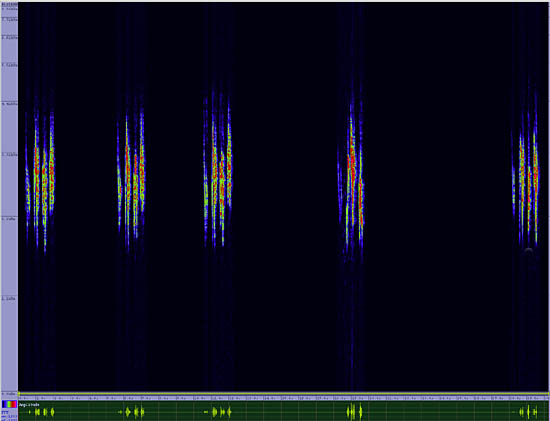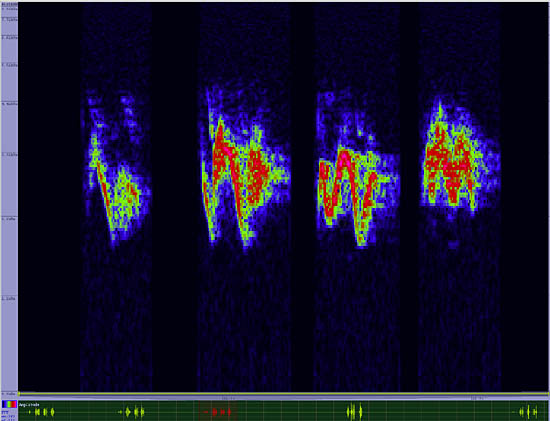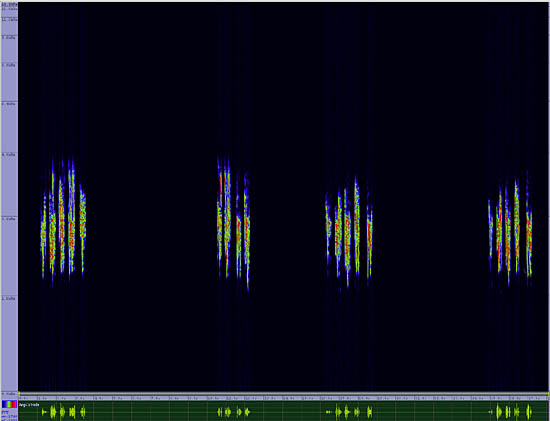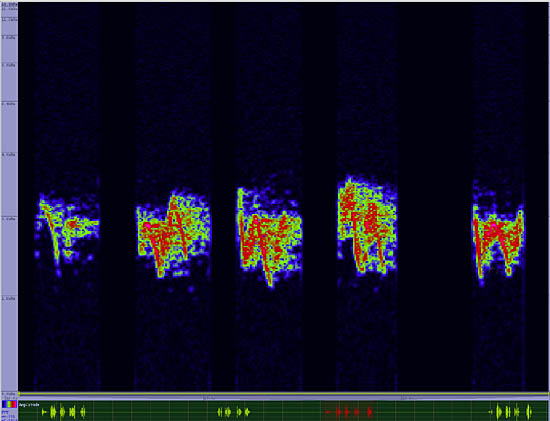Western Tanager
Piranga ludoviciana

Perching

Length: 7 in. (18 cm )
Usually high in dense conifer trees, this tanager can be hard to see on its breeding grounds. During migration through riparian areas and more open forest, it often moves in large but loose flocks. The nest is located high in a conifer out near the tip of a horizontal branch and made of twigs, moss and hair. Food is mainly insects and a few buds in the summer and fruits in the winter.
The four-digit banding code is WETA.
Bibliographic details:
- Article: Western Tanager
- Author(s): Dr. Biology
- Publisher: Arizona State University School of Life Sciences Ask A Biologist
- Site name: ASU - Ask A Biologist
- Date published:
- Date accessed:
- Link: https://askabiologist.asu.edu/activities/bird/western-tanager
APA Style
Dr. Biology. (). Western Tanager. ASU - Ask A Biologist. Retrieved from https://askabiologist.asu.edu/activities/bird/western-tanager
Chicago Manual of Style
Dr. Biology. "Western Tanager". ASU - Ask A Biologist. . https://askabiologist.asu.edu/activities/bird/western-tanager
Dr. Biology. "Western Tanager". ASU - Ask A Biologist. . ASU - Ask A Biologist, Web. https://askabiologist.asu.edu/activities/bird/western-tanager
MLA 2017 Style
Be Part of
Ask A Biologist
By volunteering, or simply sending us feedback on the site. Scientists, teachers, writers, illustrators, and translators are all important to the program. If you are interested in helping with the website we have a Volunteers page to get the process started.

